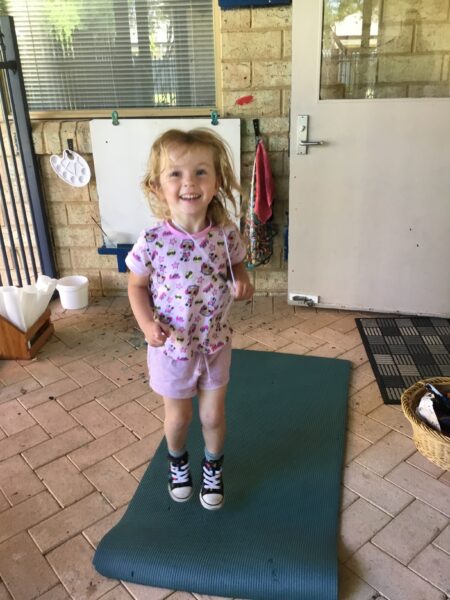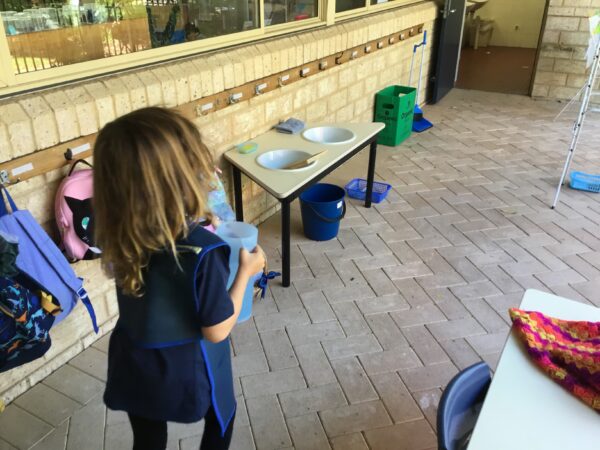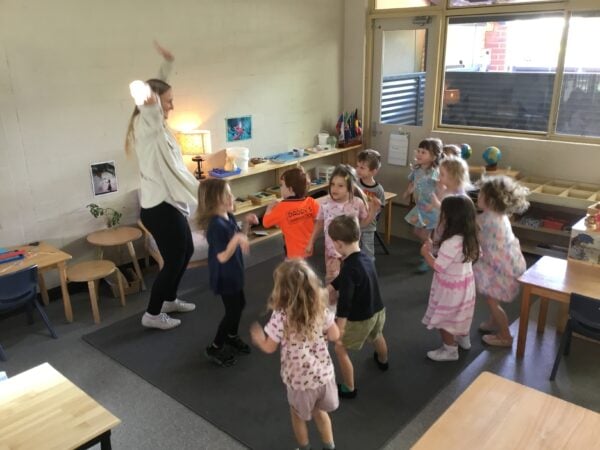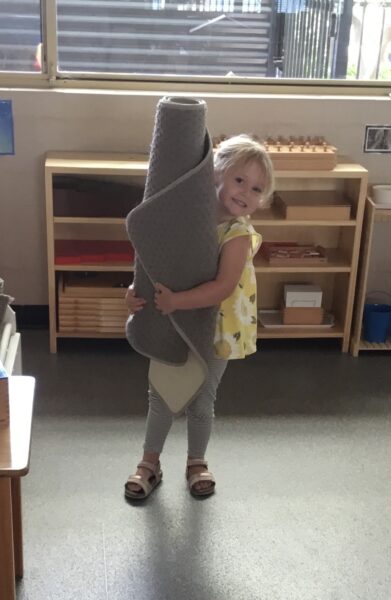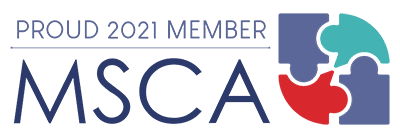Movement plays an important role in the Montessori classroom. Maria Montessori says: “Mental development must be connected with movement and be dependent on it. It is vital that educational theory and practice should be informed by that idea” (The Absorbent Mind, Maria Montessori).
In the Montessori classroom, you find movement in all activities. The Penguin students connect and process mental concepts and thoughts through movement every day. For example, the children’s memory of letters, shapes and numbers is enhanced by tracing them with their fingers. Carrying the material on a tray or carrying a water jug improves balancing skills and spatial awareness in the room. Many activities require children to walk through the room, for example, to fill the water jugs, to hang their wet cloths, and to bring replenishments.
They learn to orient themselves in the room, not to bump into furniture or glass vases that are placed on the table and walk slowly and carefully. While walking they have time to process the new learnt skill and think about the steps ahead. We also play many memory distance games where they keep a shape, a letter or a colour, for example, in mind and then need to find it at a distance in the room. Movement and the mental development are connected to enhance the children’s memory.
It not just benefits the mental development but also gross and fine motor skills are fostered. For example, rolling and unrolling a big mat is a big gross and fine motor challenge. The child needs to stretch, use their fingers and lift the mat. Opening and closing the fastening of a dressing frame requires fine motor skills and strength of the hand. To create a variety of movement skills we also offer outdoor activities where they learn how to climb, slide, balance, hop etc.
Another part of the Montessori education is the control of movement. Control of movement can be practiced when the will has started to develop and the child can consciously decide to move or not to move which happens around three years.
In the Penguin class, we have started to play the “stop and go game” which is one of the first control of movement games. The children really enjoy this game and often request to play it. The game works like musical statues. When the teacher says go, everyone moves. When the teacher says stop, everyone should hold their body still. At the beginning for some children, it can be quite difficult to control their body and hold their entire body still. With practice we have seen that the children have improved their control which also has helped them to hold their bodies still in group settings.
